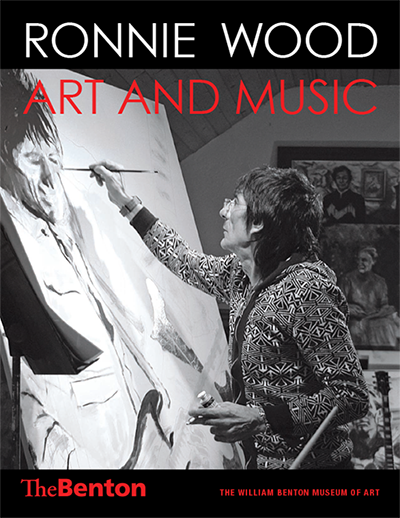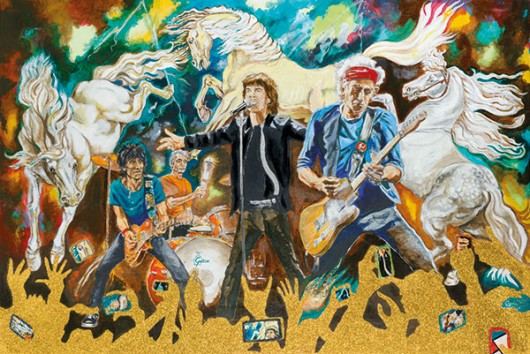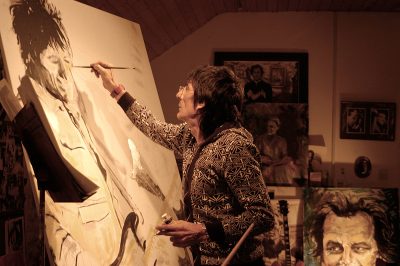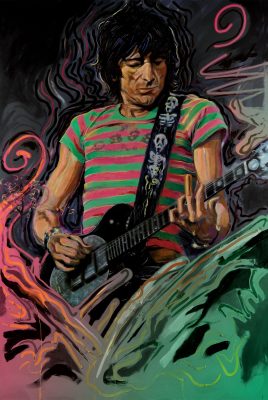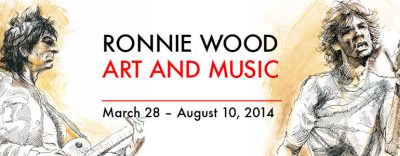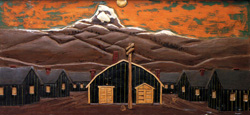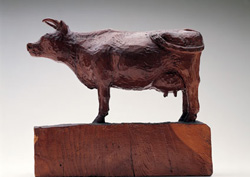March 19-May 11, 2008
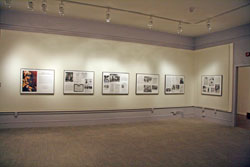 Marcus Garvey: The Centennial Exhibition, a sampling of the rich photographic legacy left by America’s most colorful black nationalist, is on exhibition at The William Benton Museum of Art through May 11. Originally mounted in 1987 in commemoration of Garvey’s 100th birthday, the exhibition is touring nationally under the auspices of the Schomburg Center’s Traveling Exhibition Program.
Marcus Garvey: The Centennial Exhibition, a sampling of the rich photographic legacy left by America’s most colorful black nationalist, is on exhibition at The William Benton Museum of Art through May 11. Originally mounted in 1987 in commemoration of Garvey’s 100th birthday, the exhibition is touring nationally under the auspices of the Schomburg Center’s Traveling Exhibition Program.
The exhibition is organized by the Schomburg Center for Research in Black Culture, The New York Public Library and is sponsored by the William Benton Museum of Art in collaboration with the Institute for African American Studies and is presented in conjunction with the Institute’s conference, “The Harlem Renaissance Revisited: Politics, Arts & Letters,” which will be held on the University of Connecticut campus March 27-29, 2008.
The growth of Garvey’s militant Universal Negro Improvement Association (UNIA) is said to be one of the most photographed social movements of the 20th century. The cream of that collection has been assembled for this exhibition. This display, drawn from the bountiful Garvey archives in the Schomburg Center and the UNIA Papers Project of the University of California, Los Angeles, also includes dozens of historical documents, prints and publications. Together they retell the rise-and-fall tale of Garvey’s humble beginning, his ascension to prominence, his comeuppance, and his indelible influence on the course of African-American history.
“The messages conveyed by this exhibit offer new opportunities to increase our understanding and appreciation of the Garvey movement,” said Howard Dodson, Chief of the Schomburg Center.
Garvey’s movement in its 1920s heyday — and even to the present — was extremely controversial and widely misunderstood. A spellbinding orator, Garvey used his public speaking skills to build in this country the first mass movement with a black nationalist agenda. The association founded the Negro World, which with French and Spanish sections quickly became one of New York’s leading weeklies. The group promulgated new standards, strangely new to some, of racial cohesion, internationalism and pride.
UNIA sought to create economic opportunities for its followers. It purchased property and established a shipping line. Wanting to provide capital and technical help to black-owned businesses, UNIA created its own finance company, the Negro Factories Corporation — a private sector precursor of sorts to the federal Small Business Administration.
The authorities reacted with alarm to Garvey’s rising popularity and in time officially accused him of financial misdealings. As a result of the ensuing legal entanglements, UNIA’s empire subsequently fell apart. But, today both Garvey and UNIA have been vindicated. The nationalist precepts which Garvey preached are now gospel to legions.
Marcus Mosiah Moses was born in St. Ann’s Bay, Jamaica in August 1887, the youngest of 11 children. He came inconspicuously to the United States twenty-nine years later, traveling around the country for a year before settling in Harlem in 1917. Three years later he presided over the first international convention of his fledgling UNIA. During much of the following decade he enjoyed one triumph after another, earning for himself the nickname of “the Black Moses.” But he was deported in 1927, three years after a controversial conviction for mail fraud. Garvey died in London in 1940, some twenty years before his ideas began to flourish once again.
The Schomburg Center Traveling Exhibition Program is designed to offer graphic interpretations of black history and culture to institutions and organizations in communities throughout the United States. Mr. Dodson explained that “We have produced the traveling exhibitions not only for the enjoyment they may bring to many new viewers across the country, but more importantly, to encourage the study and creative assessment of the subject areas by scholars, students and the general public alike.”
This exhibition is sponsored by the Institute for African. American Studies and is presented in conjunction with the 2008 conference, The Harlem Renaissance Revisited.
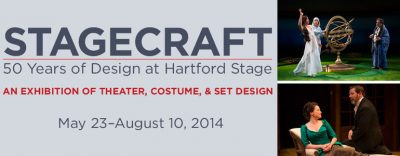
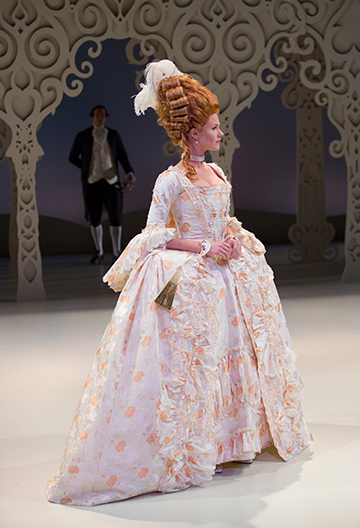
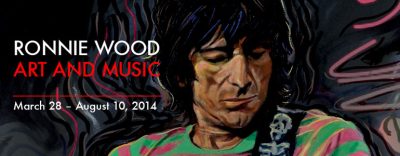 March 28–August 10, 2014
March 28–August 10, 2014